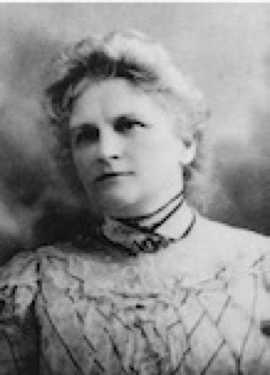Literary Critique - The Storm
March/27/2016 09:27 AM Filed: Literary Critiques

Photo Credit: Times-Picayune
(Wikimedia Commons)
Kate Chopin and the Art of Avoidance
In “The Storm” Chopin presents Alceé Laballière, a man separated from his wife and children, as he renews his friendship with Calixta, an old sweetheart, while memories of infatuation overwhelm him. They engage in sexual relations after he enters her residence during a violent storm. Their contact is sweet and sincere.
A person may be inclined to classify his behavior as infidelity until the end of the story when Chopin relates the particulars of the separation by describing an exchange of letters. The man’s wife Clarisse and his children left him for a temporary reprieve in Biloxi, Mississippi, where she could enjoy her friends without her husband’s presence. The marriage is a congenial alliance, but not an intense, sexually charged relationship.
Chopin writes, “And the first free breath since her marriage seemed to restore the pleasant liberty of her maiden days. Devoted as she was to her husband, their intimate conjugal life was something which she was more than willing to forego for a while.”
This is not what nineteenth-century society would expect to discover at the end of Alceé’s encounter. Instead of a moralizing tone, the author relates events and allows the reader to analyze. When Clarisse finds her spouse’s presence suffocating, she simply leaves. Calixta also exhibits an uninhibited sense of self, but the act of assertion is her pursuit of a married man.
A feminist, Chopin was a writer ahead of her time. Her frank portrayals of women and men going against established norms in romantic and not so romantic relationships may not seem shocking today, but in the late 1800s her thought-provoking stories jarred readers into questioning the accepted patterns of their lives. She encouraged individuality and the ability to determine the needs of the self, particularly in women, often through the art of avoidance.
The nineteenth century was the “pre-liberated” era, but Chopin had already discovered the positive and negative paths that liberation would take. She doesn’t glorify “woman” with the rabid stance of a political activist, rather she challenges everyone to think rather than act like automatons.